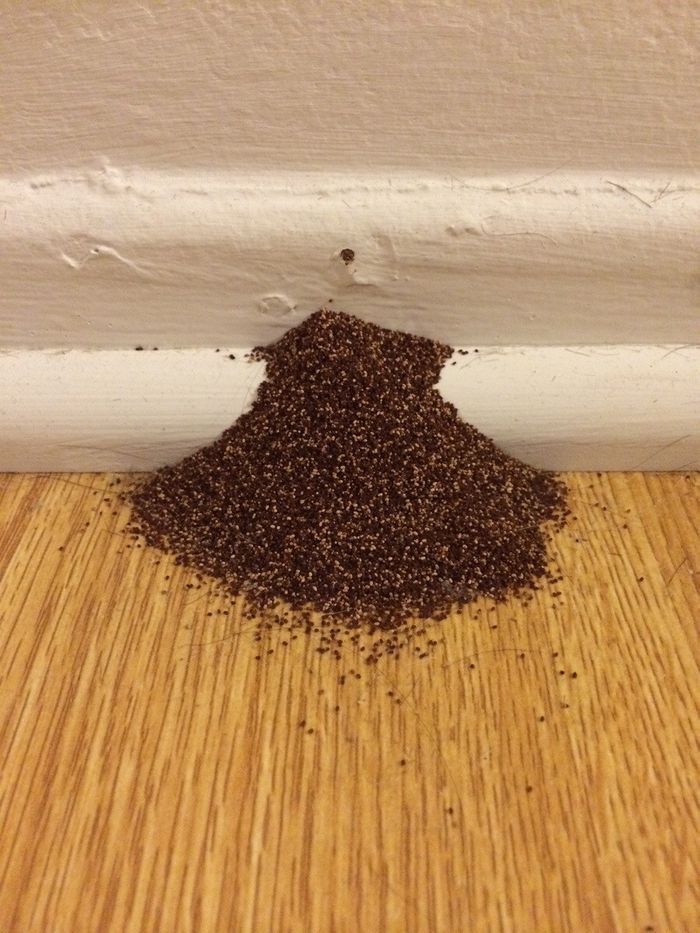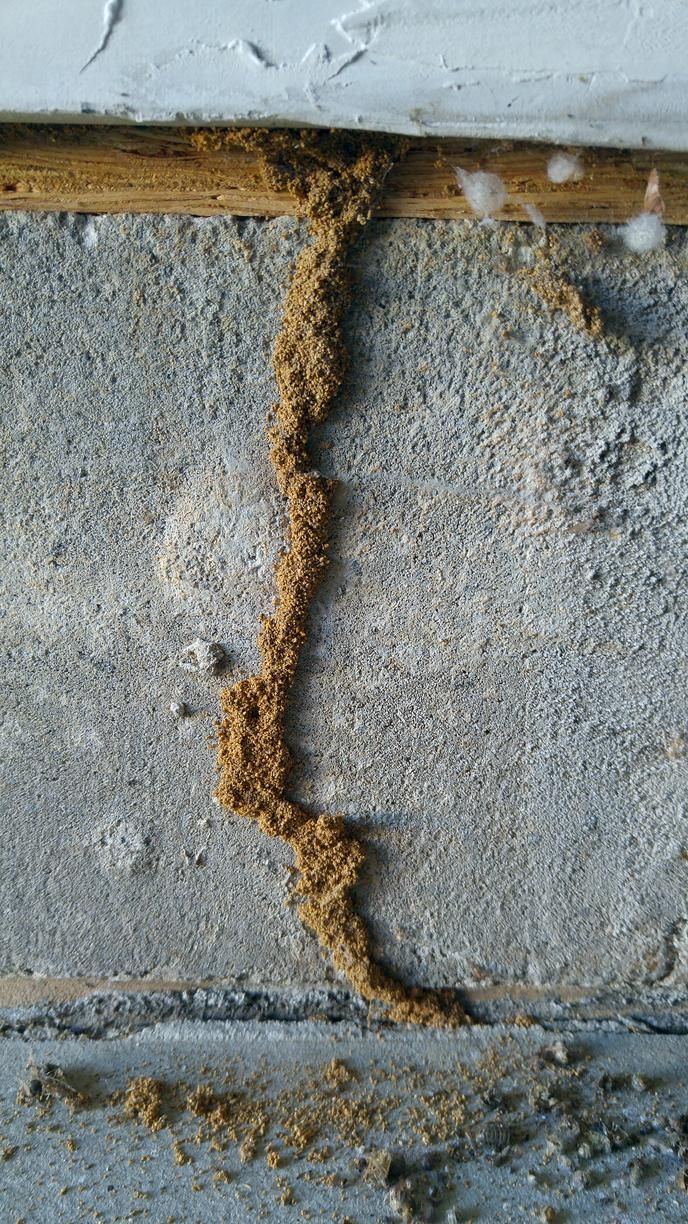Termites
Termites
What We Do
ADVANCED PEST CONTROL TO GET RID OF CURRENT AND FUTURE PROBLEMS.
Pest Control: Your complete answer for all types of pests.
Bed Bugs: Multi-visit solutions to eliminated adults and eggs.
Termites: Comprehensive termite eradication and prevention.
Green Pest Control: Bad Termite is an industry leader in green pest control.
Damaged Wood Repair: Termite Wood Repair in Los Angeles
Rodent Exclusion: Your Rodent Exclusion project is in good hands.
Inspections:The Inspections answer you're waiting for.

Termite Control in California
Termite damage in the U.S. cost property owners over $5 Billion dollars each year & majority of the damages termites cause is not covered by standard homeowner insurance policies, leaving you to pick up the pieces. Termites are social insects that live in large colonies & depending on the species, swarming occurs at night during the spring or fall months. Dry wood Termites are non-subterranean species that neither live in the ground nor maintain contact with the soil yet colonies can be found in various locations including attics, substructures, door & window frames, trims, eaves, & furniture. Conversely to Dry wood termites, Subterranean termite species colonies are located approximately 10 to 18 feet down in the soil from which the workers build mud tubes to structural wood where they then feed. Subterranean termites nest are always connected to the soil &/or relatively close to a moisture source.
How Do I Know I Have Drywood Termites?
Only a licensed termite inspector specialist can determine the extent of your termite infestation. However you may always detect the presence of dry wood & subterranean termites quite easily just check for tell-tale signs of termite activity with our guideline on the right.
Drywood Termite Local Treatments
Bad Termite is a firm believer in giving customers a market of options that best fit to treat your home for Dry wood termites. While fumigation is our primary recommendation for exterminating Dry Wood Termites, Bad Termite employs several other less invasive treatment options without the hassle of tent fumigation. Bad Termites Pest Management Professionals offers Full Foam Treatments, Local (Spot) Treatments, & Preventative measures for any wood destroying pest infestation whether it’s an apartment, condo, duplex, mobile-home, single-family home or commercial building. Bad Termites PMPs will create a customized plan of action that best fits to treat your home.

Full Foam Termite Treatments - 3 Step Process
- Concentrating the Termiticide product into foam with the help of a foaming agent and then added to a mechanical pressurized air foamer.
- Drill 1/8” of an inch hole directly into the Termites “kick-out hole”& foam treat the structure with the prepared Termiticide solution where noted on the prepared termite report & diagram, as well as pressure inject the foam in wall voids around window & door frames & preventatively broadcast treat attics & any other exposed wood in the structure including garages, shops, & warehouses.
- Lastly Bad Termite technicians will remove or cover dry-wood termite fecal pellets in accessible areas and patch the holes made by our technicians having it looked as if nothing happened at all.
Localized (Spot)
- Concentrating the Termiticide product into foam with the help of a foaming agent and then added to a mechanical pressurized air foamer.
- Drill 1/8” of an inch hole directly into the Termites “kick-out hole”& foam treat the structure with the prepared Termiticide solution where noted on the prepared termite report & diagram Only.
- Lastly Bad Termite technicians will remove or cover dry-wood termite fecal pellets in accessible areas and patch the holes made by our technicians having it looked as if nothing happened at all.
Subterranean Termite Treatments :
- Trenching - Bad Termite perimeter foundation treatments begin with a process known as trenching. In a trenching, Bad Termites PMPs will dig 6-8 inches wide and 12 inches deep along the exterior perimeter foundation walls where activity pertains and apply 4 gallons of finalized Termiticide Solutions per every 10 linear feet for each foot of depth creating a chemical barrier between the termites nest and your property. When the area is unable to trench an area, we will use a method called “Rodding” treating the soil using a long-rod, injecting the Termiticide every 12-18 linear inches.
- Drill & Pressure Injecting - In situations where concrete slabs, porches, or blacktops surfaces refrain us from trenching, drilling is required to treat the soil below. Slabs are drilled with a 1/2" hammer drill bit hole in diameter every linear foot apart injecting 4 Gallons of solution to every 10 Linear Feet and a Half apart injecting 1 Gallon of solution to every 10 Sq. Ft. treating the soil below the slab surface targeting the subterranean termites traveling thru the cracks and crevices in the slabs. After drilling & treating, all drill holes are then sealed with concrete.
- Local Foam/Injection - When treating most structures, we combine both foam & liquid treatments by adding foam to enhance the coverage capabilities over conventional treatment methods. The rapid expansion of foam helps the Termiticide penetrate into remote areas where conventional liquids can’t reach. When a concrete slab is poured, the soil underneath often settles lower, creating a gap, when the gap can’t be directly accessed, liquid termite treatments aren’t able to provide pathways on which termites can travel. In most cases foam treatments will provide outstanding coverage & produce a quicker result in a shorter time frame.
Subterranean termites require a complete different approach for total control as oppose to Dry-Wood Termites. In addition, we also locally treat affected wood members, remove mud “Shelter” tubes, discard cellulose debris that may attract future infestation, &/or repair any & all wood, restoring the structural integrity of your home.
